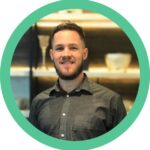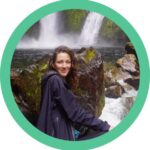
Water: How our Waterways Work and Sustainable Solutions that Help Keep them Clean.
Water forms the basis for all life. Every single living organism requires it to exist. But it’s not just to replenish and nourish ourselves. Water performs myriad other benefits that are necessary for our existence today.
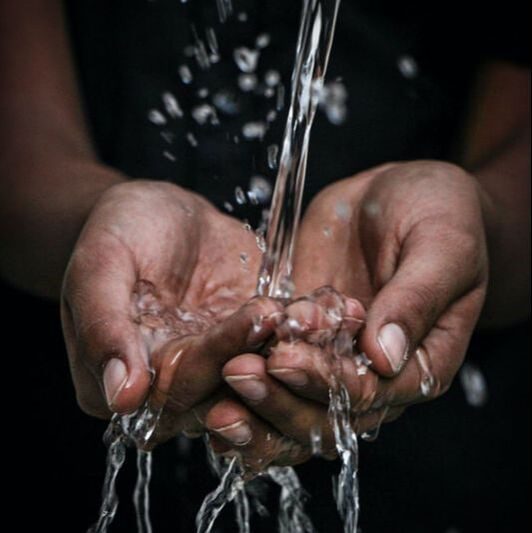
Caption: Water is essential to all life on Earth.
Credit: Unsplash

Source: The Conversation
But to be able to first mitigate the harm caused to our waters and the beings who both use it and inhabit it, we need to understand how our water systems actually work.
How global water systems work
Water networks have been around for millenia, with the earliest known form of controlling water flow dating back to 2500 BC in China. But the most famous water systems in the world are still those constructed and utilised in 312 BE by the Roman Empire, some of which are still in use today.
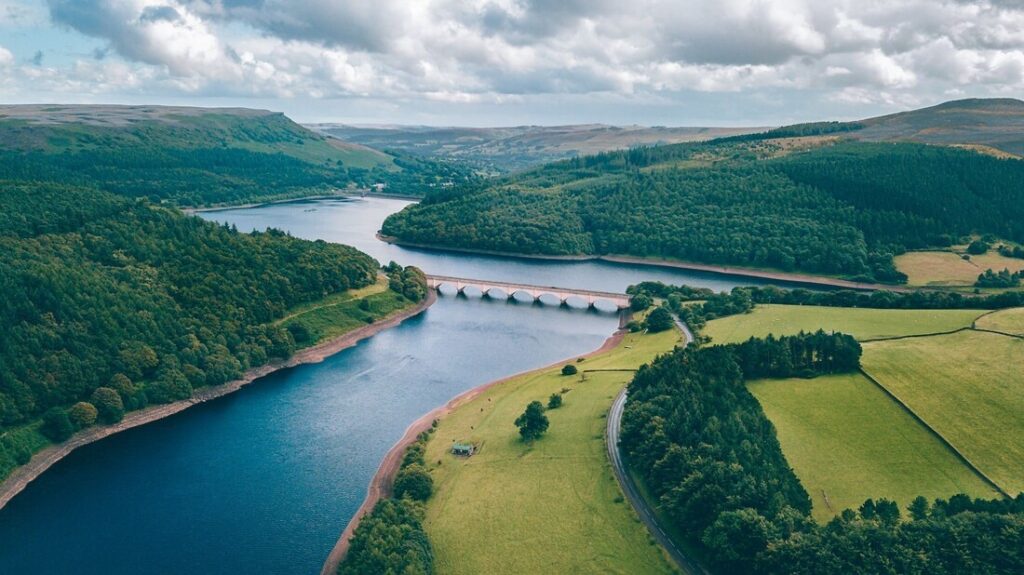
Credit: UnsplashToday, there are four stages to our waterways: Collection; Treatment; Storage; Distribution.
However, these human-made facilities can be destructive to the surrounding ecosystems due to deforestation to make space, reverting the flow of water which was once a home to a diversity of life, and pollution from humans who work in the area.
We still need to seek out sustainable solutions for collecting water.
Treatment: Natural water often contains materials that can be harmful for human consumption. These include dust and soil particles, microbes, and decaying matter. While there are various different forms of treatment, two are the most prominent.
- Clarification: This is the process of removing turbidity, making the water crystal clear.
- Disinfection: In order to rid the water of any harmful material or particles, our water is disinfected with chemicals, including chlorine, and then goes through processes such as coagulants, fluoridation, and, finally, filtration. Many of the chemicals used to complete these processes may clean the water, but prove detrimental in many other ways.
Distribution: It’s a silent miracle that humans have crafted a way to deliver water all across the world. Each city, town, and living space has a network of waterways locked beneath the ground.
Pipelines snake through the depths of our homes, providing us with seemingly endless liquid to use as we please. Water travels through these pipelines with the help of pumps to power movement, transferring water from storage tanks to home taps.
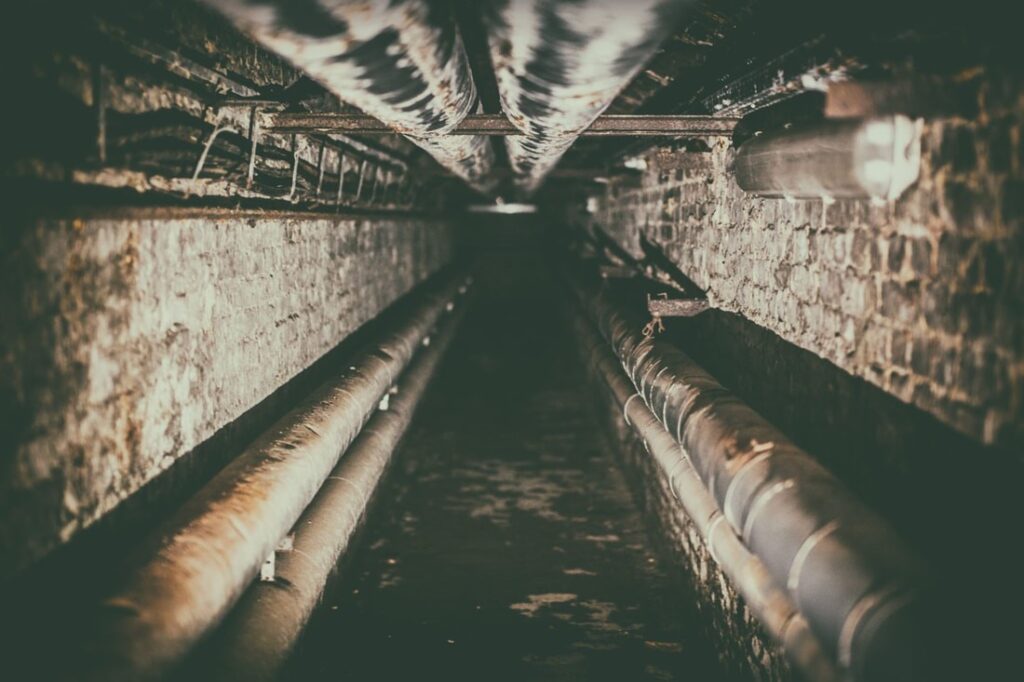
Credit: Denny Muller, Unsplash
But this method, while remaining efficient and effective, can be damaging to the environment. The materials required to produce the piping rely on fossil fuels for their creation, the pumps needed to forcefully move the water depend on electricity and heavy machinery, and space is necessary to install the pipes themselves. While there may not be viable sustainable solutions to tackle these problems at the moment, it’s important for us to appreciate the water we receive in our homes every single day, and even more vital to protect the source.
How do humans pollute water?
An estimated 80% of our wastewater, water polluted with chemicals, toxins, and human waste, is dumped back into the environment. Unclean and unsafe water is killing us all – wild and marine, plant, and human life. In fact, in 2015, it’s believed that around 1.8 million people passed away due to contaminated water consumption.
Not only are we destroying our health and the well-being of other living organisms, but also entire ecosystems. Today, nearly half of the United States of America’s rivers and streams have been harvested, and one-third of all lakes have rapidly decreased in size and water quantity as well as being too polluted for humans to even swim in.
Below are a few ways we pollute our invaluable water:
- Pollution of plastics, including microplastics, litter our water.
- Deforestation to create space for urban infrastructure causes the degradation of natural water systems and therefore ecosystems that rely on that water.
- Inadequately or mismanaged agricultural practices lead to run-offs that are overflowing with toxins and chemicals such as pesticides and fertilizers.
- Mining can lead to more toxic run-offs that are packed with heavy metals.
- Air pollution in dangerous quantities can cause acid rain which, in turn, returns to other water forms.
- Oil spills and leakages are one of the most harmful forms of water pollution and kill a diversity of life.
- Over-extraction of water has caused a decrease in the volume of fresh water, hampering the resource as a whole and ecosystems which were previously dependent on it.
- Carbon pollution, pollution that sits as carbon dioxide in the atmosphere, is consumed and locked within many water plants, which are the main food sources for water-born life.
- Climate change places increased pressure on already-existing issues, such as natural disasters, and creates further water shortages.

Credit: Ibadah Mimpi, Unsplash
There is a chain effect that occurs in the natural world, and harming one of the significant cogs in the wheel of life harms them all. For example, if new materials such as microplastics are introduced into an ecosystem, suffocation occurs. This is when algae consume the new material and grow exponentially. Algae stores require large amounts of oxygen and receive their quantities from the water, lessening the total oxygen in the water for other species, who can then drown. This leads to the loss of food for more predator species, who also perish due to starvation. Soon, the entire body of water will hold little to no life.
Sustainable ways to meet the growing demand for water
We pollute our waterways at almost every stage of the system. While we can all do our part at home to protect and keep our water clean for its return to the Earth, we need to start thinking about sustainable solutions for the root of the process.
Rainwater collection is among the most eco-friendly ways to collect water. It’s both inexpensive and accessible and helps communities manage their own water and therefore livelihoods. However, collecting rainwater can take an extended amount of time and is not always available.
Another method is to divert surface water, leading it rather into the ground to prevent evaporation. This also improves the overall quality of the water.
Finally, desalination is fast becoming a sustainable method. The process of transforming salty sea water into clean, drinking water is useful as it supplies an abundance of water but still relies on fossil fuels to power. Hopefully, in the future, we will be able to utilise this process in a more sustainable way.
Water is the very essence of life, and it powers most of what we do on a daily basis. We need to protect this precious life-giving force – and we need to begin today.
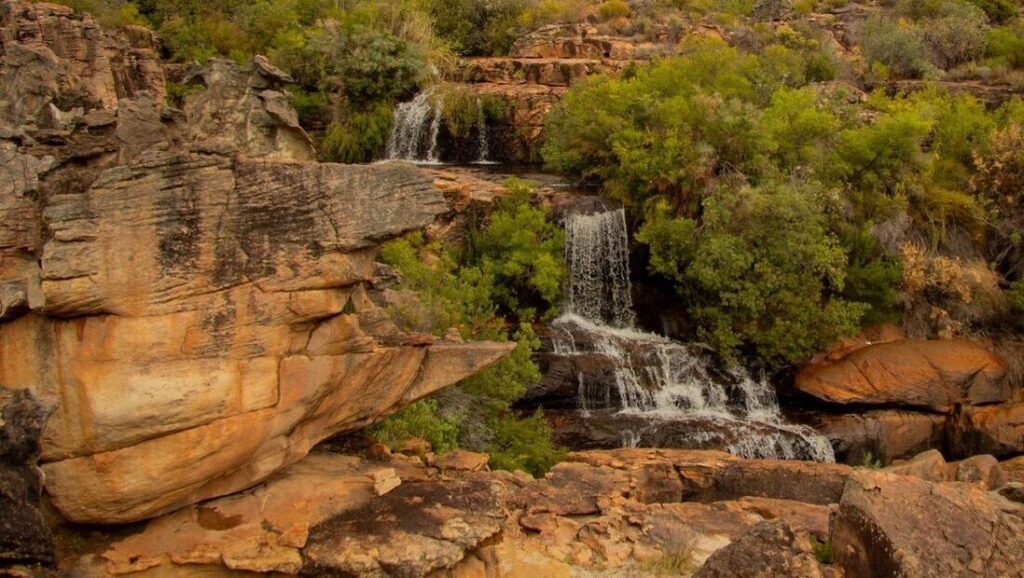
Credit: Georgia Carter, Mindful Meanderer
https://www.intechopen.com/books/water-challenges-of-an-urbanizing-world/water-pollution-effects-prevention-and-climatic-impact
https://www.greenfacts.org/en/water-resources/index.htm#4
https://www.nrdc.org/stories/water-pollution-everything-you-need-know
